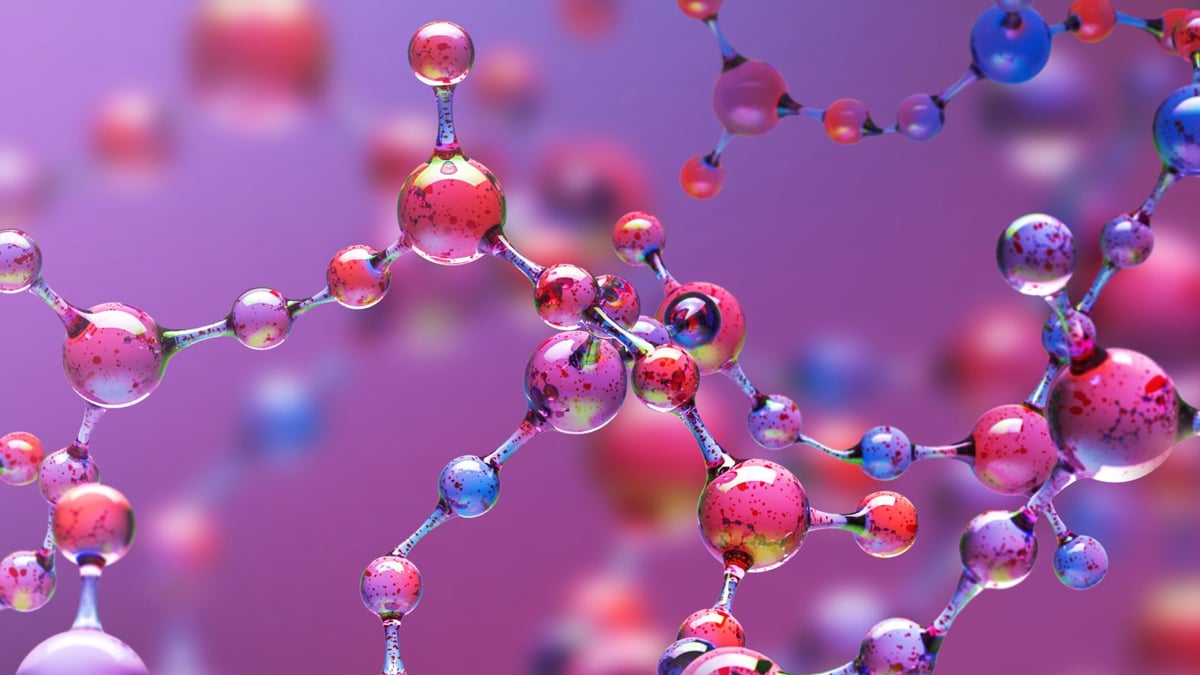Designing therapeutics that target cellular proteins can be difficult due to the lack of specific binding sites or the potential for disrupting the normal protein function. Instead, Gain Therapeutics’ drug discovery team is directing their approach at the enzymes responsible for protein surveillance. One of these targets is beta-glucosidase (GBA1).
What are Mutations in beta-glucosidase (GBA1) gene?
Mutations in the beta-glucosidase (GBA1) gene are associated with many protein-misfolding disorders and CNS diseases including Parkinson’s Disease, Lewy body dementia, and Alzheimer’s disease.
What is GBA1 and what does its mutation cause?
GBA1 is the gene that makes glucocerebrosidase (GCase), an enzyme in the lysosome. When this gene is mutated, the GCase enzyme loses its ability to dispose of cellular trash. If GCase is inefficient, our cellular garbage disposal has a broken part, and this allows for more misfolding and aggregation of alpha-synuclein within the brain.
What is Gain Therapeutics doing for treatment of GBA1-related disorders?
There are no effective medical treatments for GBA1-related disorders, but Gain Therapeutics drug discovery team is harnessing site-directed enzyme enhancement therapy as a potential disease-modifying treatment.
This process works via small molecules that target specific binding sites on GCase to improve its function. Restoring or even enhancing the function of GCase can help break down the alpha-synuclein aggregates in neurons. Correcting the cellular function can potentially, in turn, protect the neurons from further damage by misfolded proteins, modify the disease course, and prevent further decline of patients living with neurodegenerative disorders.


